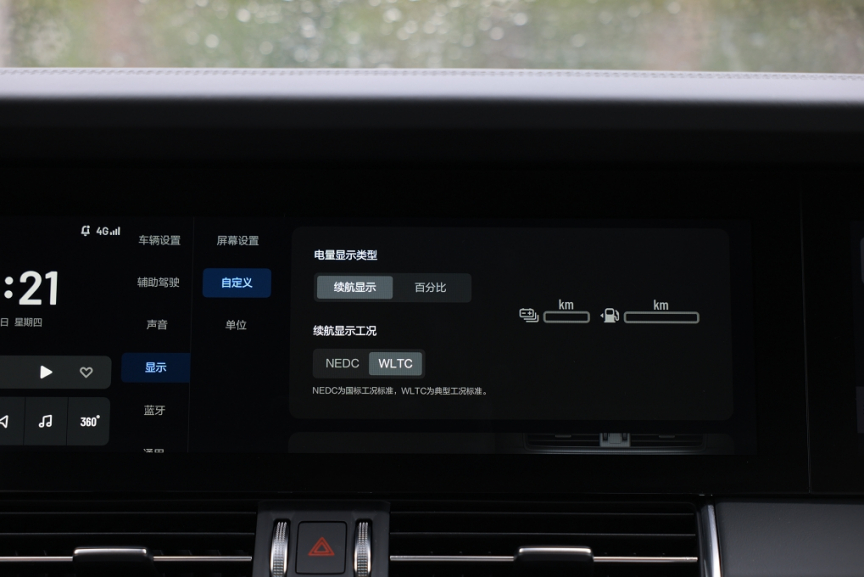I previously talked to you about the reasons for the reduced range of electric vehicles in winter and tips for improving range. As recommended, many of you have discovered some “secrets” about range and shared your own experiences.
In the comments from fellow car enthusiasts, there are key terms like WLTC/NEDC, but what do they mean? Today, let me explain.
A Brief Introduction to NEDC
NEDC, short for “New European Driving Cycle,” is a range testing standard widely used by carmakers around the world. Although the test conditions of NEDC differ significantly from actual driving conditions, most carmakers use NEDC to report the range of their vehicles. Therefore, under the same standard, we can still compare the range performance of different car models.
The NEDC test is conducted in an indoor laboratory at a temperature of 25°C. The air conditioning is turned off and even the car lights are not turned on. The test vehicle is fixed on a roller dynamometer, and a fan in the front of the car generates airflow to simulate corresponding speeds. The test consists of four urban cycles (at lower speeds) and one suburban cycle (at higher speeds), and the range is calculated based on the energy consumption during the test.
Because actual driving conditions differ greatly from the NEDC test, there may be a gap between the actual driving range and the range under NEDC conditions. Hence, NEDC is only used as a reference for comparing the range performance of different car models and not as a reference for actual driving range.
WLTC, a More Realistic Range Test
Since NEDC cannot fully meet the needs of daily driving, the engineers at Ideal ONE have also provided another range testing standard – WLTC.
WLTC, short for “World Light Vehicle Test Procedure,” is a more realistic testing method that simulates driving conditions much closer to actual driving. The test involves frequent simulations of sudden acceleration and braking, and the proportion of urban driving is higher.
The range under WLTC cycle is approximately 80% of NEDC range, but this does not mean that the driver can necessarily achieve the same range as WLTC because different personal driving habits can also affect energy consumption.

In spring and summer, there are often posts from car owners in the Ideal Community showcasing their range exceeding WLTC, and even some individual car owners challenging NEDC range. This “overperformance” is not only related to personal driving skills, but also to ambient temperature.
As the weather warms up, the pure electric range of the Ideal ONE will be “recovered,” so the blooming of spring not only marks our favorite time of the year but also the best season for electric cars.
This article is a translation by ChatGPT of a Chinese report from 42HOW. If you have any questions about it, please email bd@42how.com.
